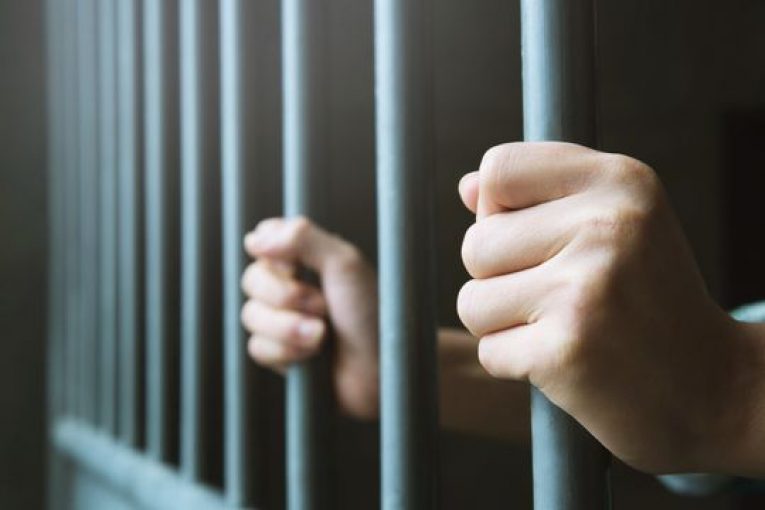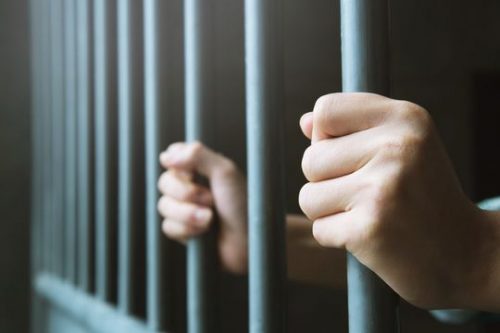

By Priyanka Vatturi
WASHINGTON, DC – New data released this past week by the Bureau of Justice Statistics shows U.S. prison population has grown for the first time in almost a decade.
And, Morgan McLeod from The Sentencing Project charges that “people of color remain massively overrepresented in prisons, accounting for nearly seven in 10 people in prison.”
The overall numbers reveal the U.S. prison population increased from 1,205,100 in 2021 to 1,230,100 at the end of 2022. Overall, the U.S. prison population grew two percent, or around 25,100 individuals, over the course of 2022; with 96 percent of persons in U.S. prisons in 2022 sentenced to more than 1 year.
“This rise erased the one percent decline reported in 2021 and marked the first increase in the combined state and federal prison population in almost a decade (since 2013),” noted BJS Acting Director Kevin M. Scott, PhD.
In 2022, the data shows, states and the Federal Bureau of Prisons (BOP) admitted 469,200 persons to be incarcerated, which was 20,800 more than they released that year (448,400) and 48,200 more than they admitted the year before (421,000).
The Bureau’s report also stated that, at the end of 2022, the states with the highest incarceration rates were “Mississippi (661 per 100,000 state residents of all ages), Louisiana (596 per 100,000), Arkansas (574 per 100,000) and Oklahoma (563 per 100,000).”
Only eight states had a decrease in their prison population including Arizona, Iowa, New Hampshire, Massachusetts, New Hampshire, New Mexico, California, Oregon, and Virginia at the highest with a more than 10 percent decrease in the state’s prison population by the end of 2022.
According to the Bureau’s report, the four largest prison populations—the BOP (146,100 persons), Texas (137,000), California (97,500), and Florida (84,700)—accounted for 39 percent of persons sentenced to more than one year in prison in the U.S. in 2022.
Data from the Bureau’s report supports that assertion with data showing Black U.S. residents were imprisoned at a rate of 911 per 100,000 by the end of 2022, “a one percent increase from 2021 (901 per 100,000).”
Imprisonment rates for white (188 per 100,000) and American Indian or Alaska Native (801 per 100,000) U.S. residents increased from 2021 to 2022, but rates for Hispanic (426 per 100,000) and Asian, Native Hawaiian, or Other Pacific Islander (71 per 100,000) residents declined during this period.”
McLeod also states that “the growth in women’s imprisonment from 2021 to 2022 was more than double (four percent) that of men (one and one-half percent).”
The Bureau of Justice Statistics report comes 50 years after the onset of mass incarceration in the U.S., and the current prison population is “nearly 500 percent larger than in 1973.”
In response to the Bureau of Justice Statistics report, Ashley Nellis, co-director of research at The Sentencing Project, stated, “For over a decade, the country has been moving away from a failed playbook of incarceration and overcriminalization.
But, Nellis added, the “recent, temporary, uptick in crime has tested this resolve. Rather than succumbing to fruitless impulses to get tougher, jurisdictions should redouble their efforts to decarcerate to achieve an effective and just criminal legal system.”